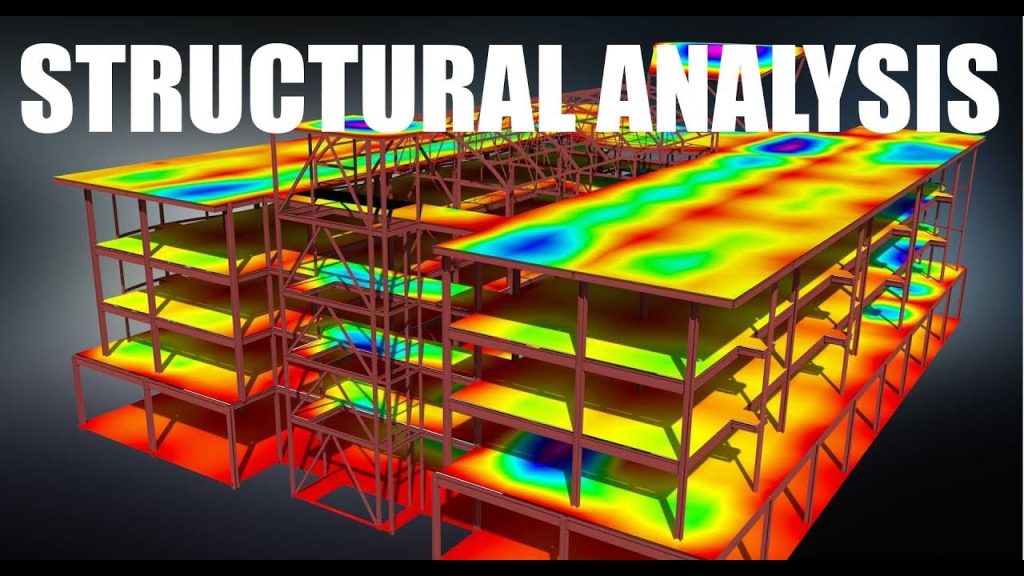Structural analysis is an important subject of civil engineering that evaluates the different loads on structures, and their effects. It is an accurate method to ascertain the capability of the structures to withstand the expected loads, and assist in designing the structures accordingly.
What Is Structural Analysis

Structural analysis is a comprehensive assessment to ensure that the deformations ina structure will be adequately lower than the permissible limits, and failure of structural will not occur. The aim of structural analysis is to design a structure that has the proper strength, rigidity, and safety. Deformations in a structure can be either elastic that is totally recoverable, or inelastic that is permanent. Structural analysis assists in the design of structures that meet their functional requirements, are economical and attractive. Structural analysis integrates the disciplines of mechanics, dynamics, and failure theories to compute the internal forces and stresses on the structures to be designed.
Modes Of Structural Analysis
Structural analysis is carried out by an examination of the real structure, on a model of the structure created on some scale, and by the utilization of mathematical models. Tests are conducted on the real structure when production is required of similar structures in large quantities, like frames of a particular car, or when the test expenses are acceptable due to the significance of the task. When elements of the main structures are to be examined, then models are used for the estimation of the different loads to be endured. Most structural analyses are conducted on the mathematical models, in which the model could be elastic or inelastic, forces may be static or dynamic, and the model of the structure might be two dimensional or three dimensional.
Strength Of Materials

There are several methods to determine the stresses in different structural members, such as columns and beams that may cause failure under loading. To conduct an accurate structural analysis, complete data concerning the structural loads, properties of materials, and stresses involved is essential. The approach related to the strength of materials is utilized for simple structural elements subjected to plain loads, such as shafts subjected to torsion, and axial loading of bars. The strength of a material is dependent upon its microstructure that can be changed by the application of various engineering techniques on the material, such as work hardening and grain boundary hardening. However, various mechanical characteristics of a material may deteriorate in an effort to increase the strength, such as when the grain size is decreased, the yield strength is increased but the material becomes brittle.
Estimation Of Loads
One important element of the structural analysis is the accurate analysis of the estimation of structural loads to be endured. Structural loads are the forces on a part of a structure, or on the complete structure, and evaluation of their consequences is conducted by structural analysis. Overload loading may result into failure of structures, and such conditions should be considered during the design of the structures. For buildings and bridges, the main vertical loads are gravity loads, including the structure weight and the permanent accessories, known as dead loads. The live loads are the concentrated loads, or distributed loads over large areas such as floors. The horizontal loading on buildings is due to wind and inertial forces caused by earthquakes.


